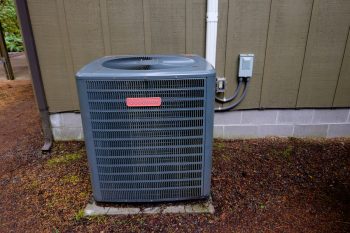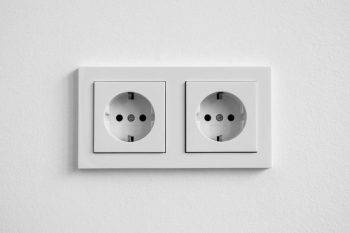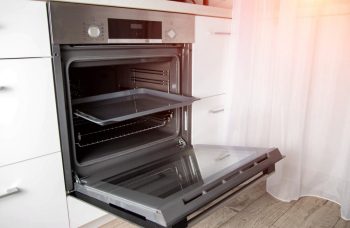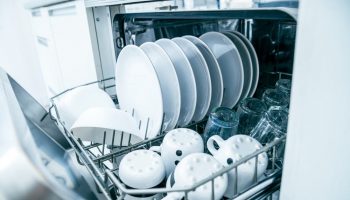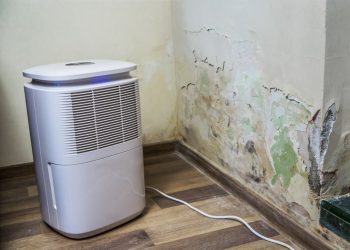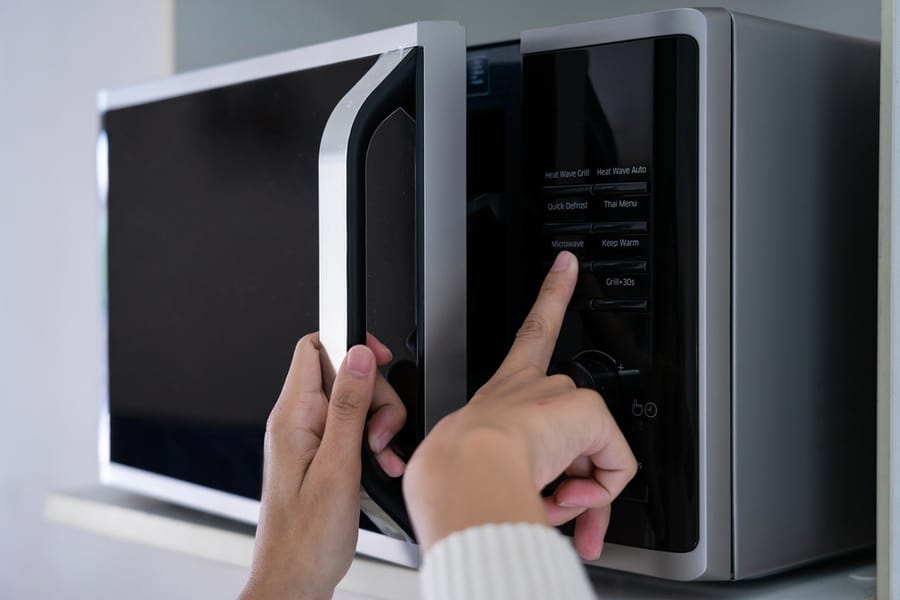
Oven fires are a leading cause of house fires – a tragic event for any family. Preventing oven fires in your home is an important safety step often overlooked.
However, what causes oven fires? What precautions can you take?
The top causes of oven fires are:
- Grease or ingredients overflowing
- A dirty oven
- Damaged electrical wires or heating elements
- Flammable objects left in the oven
These risks can be mitigated by keeping your oven clean and in good repair.
Keep reading for details about oven fire causes, how to identify risks, and how to keep your oven in tip-top shape.
4 Causes of Oven Fires
The four most common causes of the oven are easily preventable. Let’s cover how to identify them and what to do:
1. Grease or Ingredients Overflowing
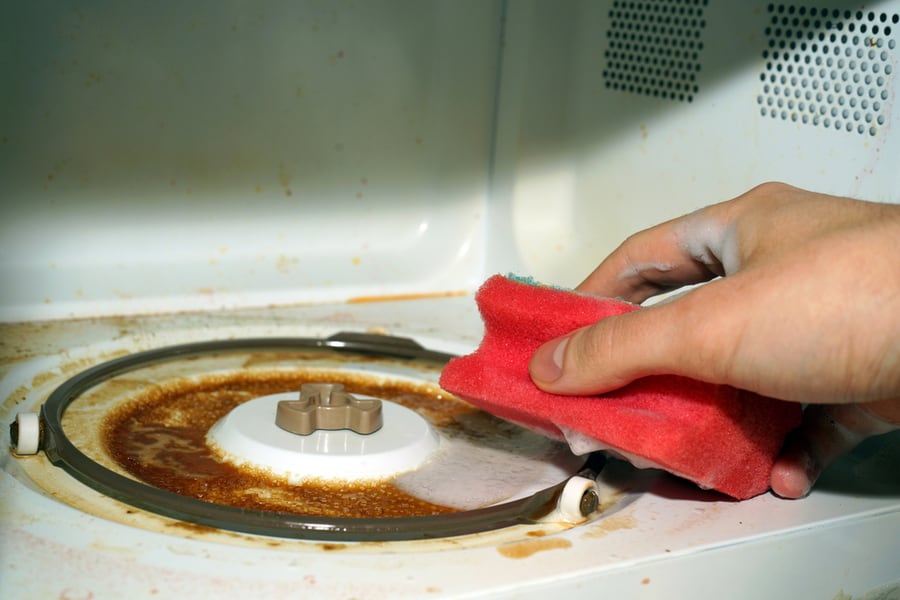
Sometimes you overestimate how much can fit in a pan or casserole dish. It happens to the best of us, and if it’s a close thing, you might be tempted to overload the dish and bake it anyway.
After all, tossing good food or dirtying another pan aren’t very attractive solutions.
However, this puts you at risk of losing some of the ingredients or grease from the food in the oven.
Stray ingredients or drippings can easily ignite once in contact with the bottom of the oven, causing a blaze that could quickly get out of control.
Prevention
As much as it’s a pain to dirty two dishes when you thought you’d only need one, never overload pans and dishes in the oven.
If you are close to the capacity of a pan, it is always better to bake in two batches or fetch a bigger container.
2. A Dirty Oven
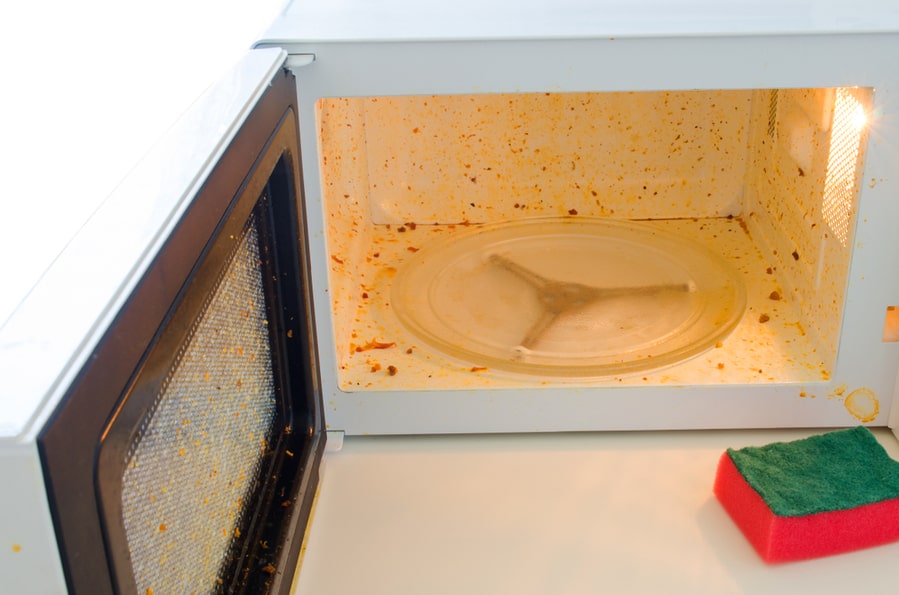
Contrary to popular practice, a dirty oven shouldn’t be ignored. The grates, trays, and even the bottom of the oven can become littered with a thin film of grease and food droppings through normal use.
This grime is a real fire hazard and can ignite whenever you use the oven.
Prevention
Instead of playing Russian roulette with your oven, regularly clean the oven’s interior with a degreasing cleaner.
Some ovens also have a cleaning function, which can be used as a deep clean in addition to routine maintenance.
3. Flammable Objects Left Inside or Around the Oven
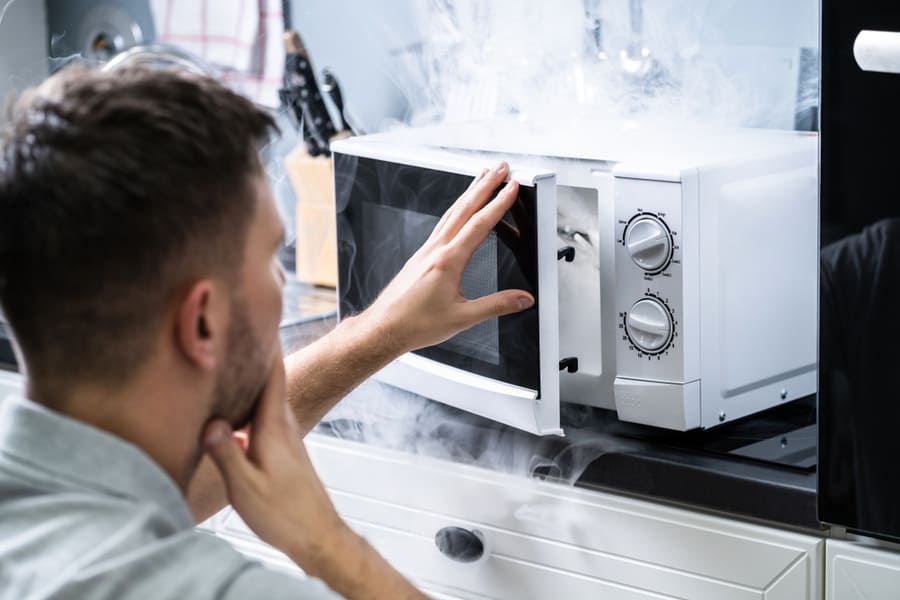
When the oven is not in use, some households use it as extra storage. This is a real problem because these items are often flammable.
You might also see a design choice, such as a kitchen rug, end in a similar disaster.
Prevention
It would be best to prevent flammable objects from coming within a foot of your oven on each side whenever possible. Objects such as plastic, cloth, paper, and wood can ignite when exposed to enough heat.
Never preheat your oven with something inside it – it’s best not to use it to store non-oven-safe kitchenware.
Many ovens have a combination stove. In these models, people forget about cleaning the space between the oven and the wall. This space is frequently the hidden home of food residue, dust, and pests.
Infrequent cleaning of the space behind the oven introduces flammable material to your cooking space without you being aware and (in extreme cases) can cause fires.
4. Damaged Electrical Wires or Heating Elements
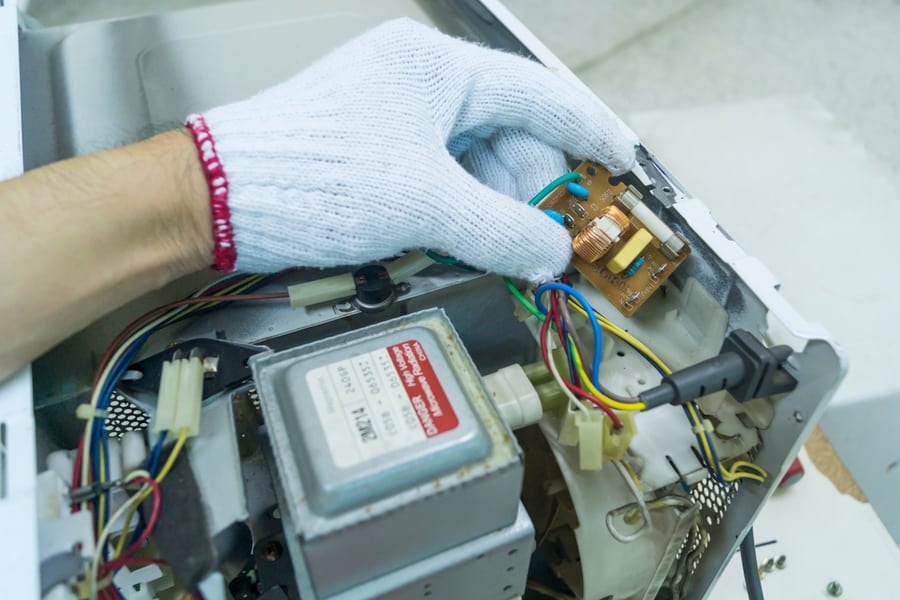
Even when using the oven properly and cleaning it often, it can catch fire. This is due to natural wear and tear of parts and other factors outside your control.
The parts most likely to cause a fire are the internal heating elements and the cord going from the unit to the outlet.
Prevention
Whenever you are cleaning your oven, check the internal heating elements for signs of damage. These can include:
- Warping
- Coming loose from the housing
- Cracking
- Any sparking or flashing when turned on
Additionally, you should inspect the cord for damage when cleaning behind your oven and treat it gently when moving your unit.
Signs your cord is a fire hazard include:
- Melting
- Twisting
- Exposed Wires
- Stiffness
- Sparking
Summary
Ovens are a common starting point for house fires. You can minimize the risks of an oven fire by keeping flammable objects away from your oven and cleaning often.
Areas to clean include the inside of the oven and behind the oven.
Avoid putting precariously stacked pans into the oven when possible, as fallen food presents a fire hazard. Whenever there is a spill in the oven, please clean it up immediately.
Frequently Asked Questions
Do I Need To Hand Clean My Oven if It Has a Cleaning Setting?
The cleaning function on a self-cleaning oven is a handy way to perform deep cleanings. However, it does not completely replace scrubbing.
You should do basic manual cleaning in between self-cleaning cycles. You will also need to wipe down the inside of the oven after it self-cleans to remove excess residue.
How Often Should I Clean the Inside of My Oven?
How often you clean your oven depends on how often you use it. In my house, routine cleaning occurs monthly, and a deep clean is done yearly.
I advise routine manual cleaning every 10 to 20 uses. Routine cleaning includes wiping up drips and cleaning any racks or trays.
A deep clean should occur whenever an accident occurs or every 100 hundred uses (whichever comes first).
How Often Should I Clean Behind the Stove?
Cleaning behind the stove should be done every 1 to 2 weeks, as most houses use this area frequently. It may need to be cleaned more often if pets are prone to shedding.


